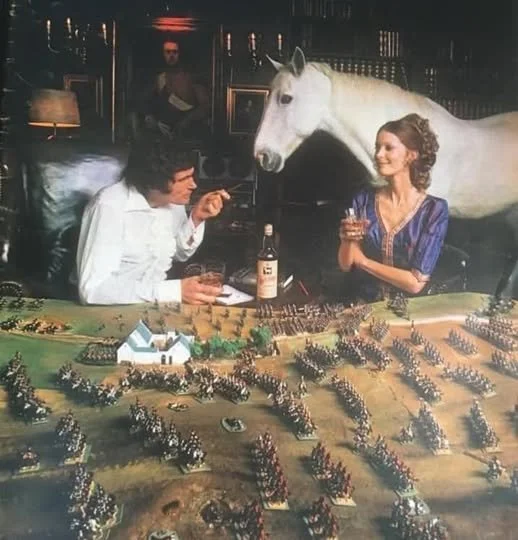My New Secret Weapon for Competitions
/Those of you who were in the To The Strongest competition at Warfare this year will have heard me loudly decrying the number of Aces I was pulling: not for melee or shooting but for activation.
Time and time again my master strategies were defeated as my troops just refused to move at all as a result of an Ace (or usually Aces!) appearing as the first card drawn in a command’s turn.
I thought about changing my packs of cards (especially the red pack: you b*st*rds are due on the bonfire soon, I tell you!) but have realised that such a petty attempt to change my luck probably won’t work: I mean, probability is probability and play a lot of games and the monkey’s typing up Shakespeare are bound to appear sooner or later. I needed a more radical approach…
Yes, I have joined the shuffling machine club!
First encountered at the World Championships earlier this year, I have been enviously observing my fellow players who own them effortlessly producing perfectly shuffled decks without the need to do more than load up the wings and press the button. Now I, too, can avoid any of the bad luck that characterised my Warfare performance…and all for only about £10. Bargain!
This will also neatly prevent a certain friend of mine from banana-ring my decks of cards with his (admittedly nicely executed) riffle shuffles. He will doubtless be interested to hear that, according to Wikipedia: The Gilbert–Shannon–Reeds model provides a mathematical model of the random outcomes of riffling that has been shown experimentally to be a good fit to human shuffling and that forms the basis for a recommendation that card decks be riffled seven times in order to randomize them thoroughly. Later, mathematicians Lloyd M. Trefethen and Lloyd N. Trefethen authored a paper using a tweaked version of the Gilbert–Shannon–Reeds model showing that the minimum number of riffles for total randomization could also be six, if the method of defining randomness is changed.
I’m not sure when my new shuffling machine will have it’s debut, but be warned that I am already clearing shelf space for all the trophies that I an now going to win as, according to me at any rate, all that has been holding me back is my appalling luck and nothing to do with the fact that I am facing very skilled opponents who have actually taken the trouble to learn the rules!
For those interested:










